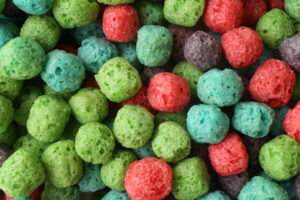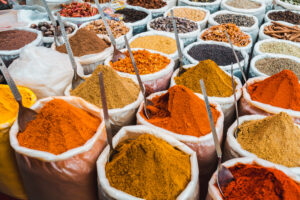As eating and drinking becomes a more complex experience, consumers have higher expectations for the nutritional profile and the ethical implications of their food selections. Here we will address three macrotrends that are impacting food development efforts, while offering a few tips and tricks to elevate the visual impact of foods and drinks and captivate the attention of end consumers with the use of natural colors.
1. Upcycling: Recovering Value for a Greener Future
Food loss is one of the most concerning problems for authorities and the private sector. This issue threatens food security, increases greenhouse gas emissions, and impacts productivity. These threats have motivated efforts to formulate foods and drinks with upcycled plant material. These materials include non-aesthetic fruits and vegetables with substandard colors, and odd shapes & sizes. Though these raw materials have the same nutritional value and flavor as their cosmetically preferred peers, the lack of standardization can negatively affect the visual aspect of the end products.
Upcycled ingredients may also consist of plant parts and residues of agro-industrial activities. These parts are not usually consumed but have become attractive because they provide nutritional benefits or can perform technological functions, like emulsification. These ingredients may also affect the hue of the formulated food or drink.
Sauces, soups, smoothies, and plant-based preparations using upcycled plant material will benefit immensely with the appropriate color design. Natural pigment sources, like carotenoids or anthocyanins can help achieve a standard hue and intensity. Natural colors are key to getting excellent lot by lot consistency, offering realistic shades to fulfill the flavor-color match expected by end consumers.
Upcycled vegetables have all the nutritional properties and delicious taste of selected versions but may lack a bit of color. Using natural colors to standardize foods made with upcycled material can bring out the premium look that your consumers are expecting.
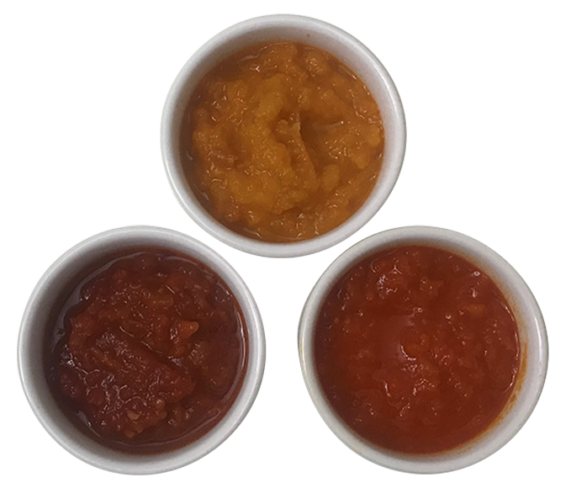
2. Fiber Fortified Foods: A Happy Gut Needs Happy Colors
Fiber content claims are also expanding to an increasing number of food categories. This trending claim promises benefits like bowel regulation, modulation of digestion and absorption, and prebiotic functionality. But the use of ingredients with high fiber content poses a series of technical challenges for food formulation.
It is obvious to think about fiber affecting texture, mouthfeel, or viscosity. But it also has an impact on the visual appearance of foods. Many properties of fiber influence the color, but here we will focus on the intrinsic hue of the fiber source. Let us see a few examples:
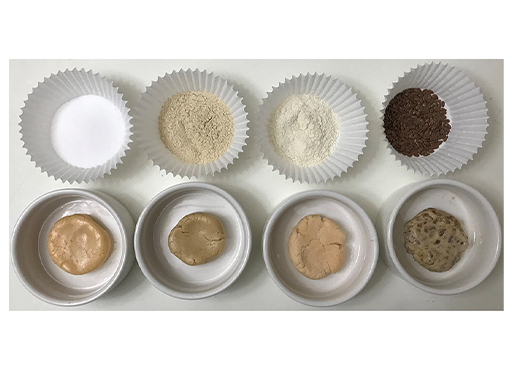
Sources of fiber like oat bran or linseed meal, will transfer their color to the food matrix, giving a dull, unappealing appearance. Natural colors work wonders in these food systems, compensating for the brown/gray undertones to create bright and vibrant products. These vivid shades will also contrast with the dark hulls, increasing the perception of wholesomeness and freshness.
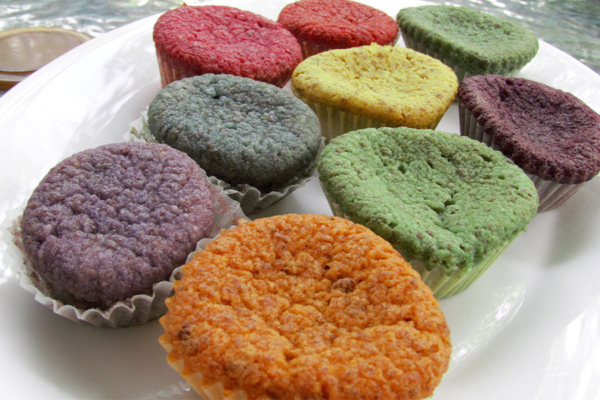
Inulin, on the other hand, is a soluble fiber that is much preferred in formulations since it does not increase viscosity significantly and is quite transparent in color. It does not affect the performance of natural colors, and they appear as bright and intense as in the original matrix.
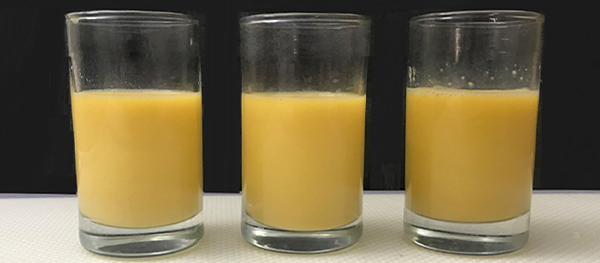
However, inulin does contribute to browning during prolonged cooking and baking, as they act as reducing sugars and can participate in Maillard reactions. This reaction can be used to your advantage in applications with brown flavors like chocolate or hazelnut, or in savory applications with flavors like BBQ or mushroom! In these cases, our Naturbrown® or caramel colors are a great option to strengthen and standardize the product color.
3. Protein Enriched Foods: A Touch of Color for Nature’s Building Blocks
Another trend that is predicted to stay for a long time is protein fortification. This trend is also targeted at consumers seeking functional foods and beverages, promoting benefits like muscle building, weight management, wellness, and satiety. While there is preference for plant-based sources, hybrid formulations are also being explored by food designers. As in the case of fiber, protein has intrinsic color and its chemical properties may also modify the appearance of the end product.
On one hand, protein concentrates manufactured through acid leaching or heat denaturation tend to be dark in color, which in turn gives a brownish or greyish background to the food matrix. Isolates also may have intrinsic colors attributable to the source and extraction method. For example, pea protein isolate can have a slight greenish-yellow hue and can interfere with the resulting shade of the food. On the other hand, food fortification with any amino acids source in presence of reducing sugars will intensify Maillard reactions causing even darker colors after cooking or baking. Both factors must be accounted for when deciding the dose of color added to mask or enhance the appearance of protein fortified end products.
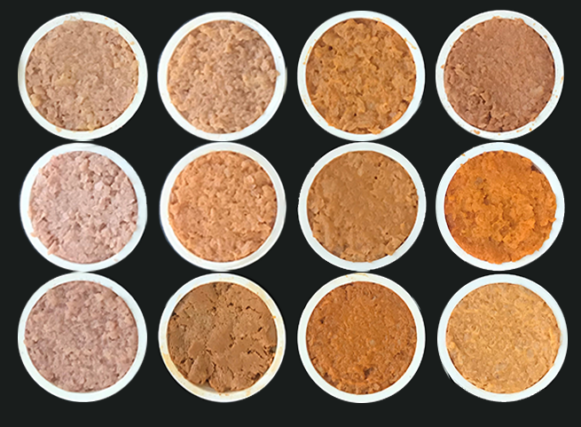
In plant-based meat substitutes the use of bright orange colors like paprika or annatto help reduce grey undertones, while the addition of brown and pink hues help to achieve the so desired raw to cooked effect. Protein fortified beverages can benefit from heat stable colors like annatto, curcumin, or caramels delivering the expected cues for the chosen flavor.
Whatever the positive claim you have decided to bestow on your food product, think of natural colors as an enhancing tool for visual appeal that can communicate valuable traits like freshness, flavor identity, intensity, and deliciousness.
Ready to get started on your next project? Request a free color sample here, or Contact Us with your questions.


